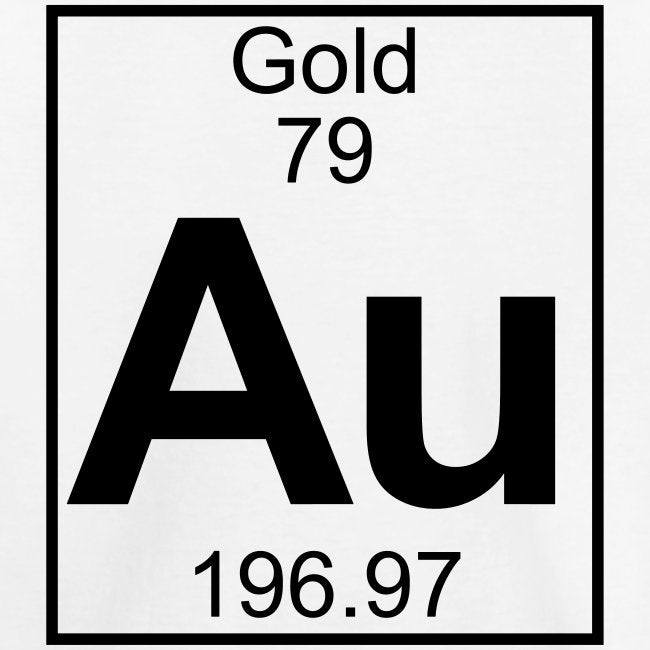
10 Gold Facts
- Gold is the only metal that is yellow or "golden." Other metals may develop a yellowish colour, but only after they have oxidised or reacted with other chemicals.
- Nearly all the gold on Earth came from meteorites that bombarded the planet over 200 million years after it formed.
- The element symbol for gold, Au, comes from the old Latin name for gold, aurum, which means "shining dawn" or "glow of sunrise."
- Gold is extremely ductile. A single ounce of gold (about 28 grams) can be stretched into a gold thread 5 miles (8 kilometres) long. Gold threads can even be used in embroidery.
- Malleability is a measure of how easily a material can be hammered into thin sheets. Gold is the most malleable element. A single ounce of gold can be beaten into a 300-square-foot sheet. A sheet of gold can be made thin enough to be transparent. Very thin sheets of gold may appear greenish blue because gold strongly reflects red and yellow.
- Although gold is a heavy, dense metal, it is generally considered nontoxic. Gold metal flakes may be eaten in foods or drinks, although it is a common allergen for some.
- Pure elemental gold is 24 karats, while 18-karat gold is 75 percent pure gold, 14-karat gold is 58.5 percent pure gold, and 10-karat gold is 41.7 percent pure gold. The remaining portion of the metal usually used in gold jewellery and other items is silver, but items can also consist of other metals or a combination of metals, such as platinum, copper, palladium, zinc, nickel, iron, and cadmium.
- Gold is a noble metal. It is relatively in-reactive and resists degradation by air, moisture, or acidic conditions. While acids dissolve most metals, a special mixture of acids called aqua regia is used to dissolve gold.
- Gold has many uses aside from its monetary and symbolic value. Among other applications, it is used in electronics, electrical wiring, dentistry, medicine, radiation shielding, and in colouring glass.
- High-purity metallic gold is odourless and tasteless. This makes sense since the metal is in-reactive. Metal ions confer flavour and odour to metallic elements and compounds.
Find the full article at: https://www.thoughtco.com/interesting-gold-facts-607641





